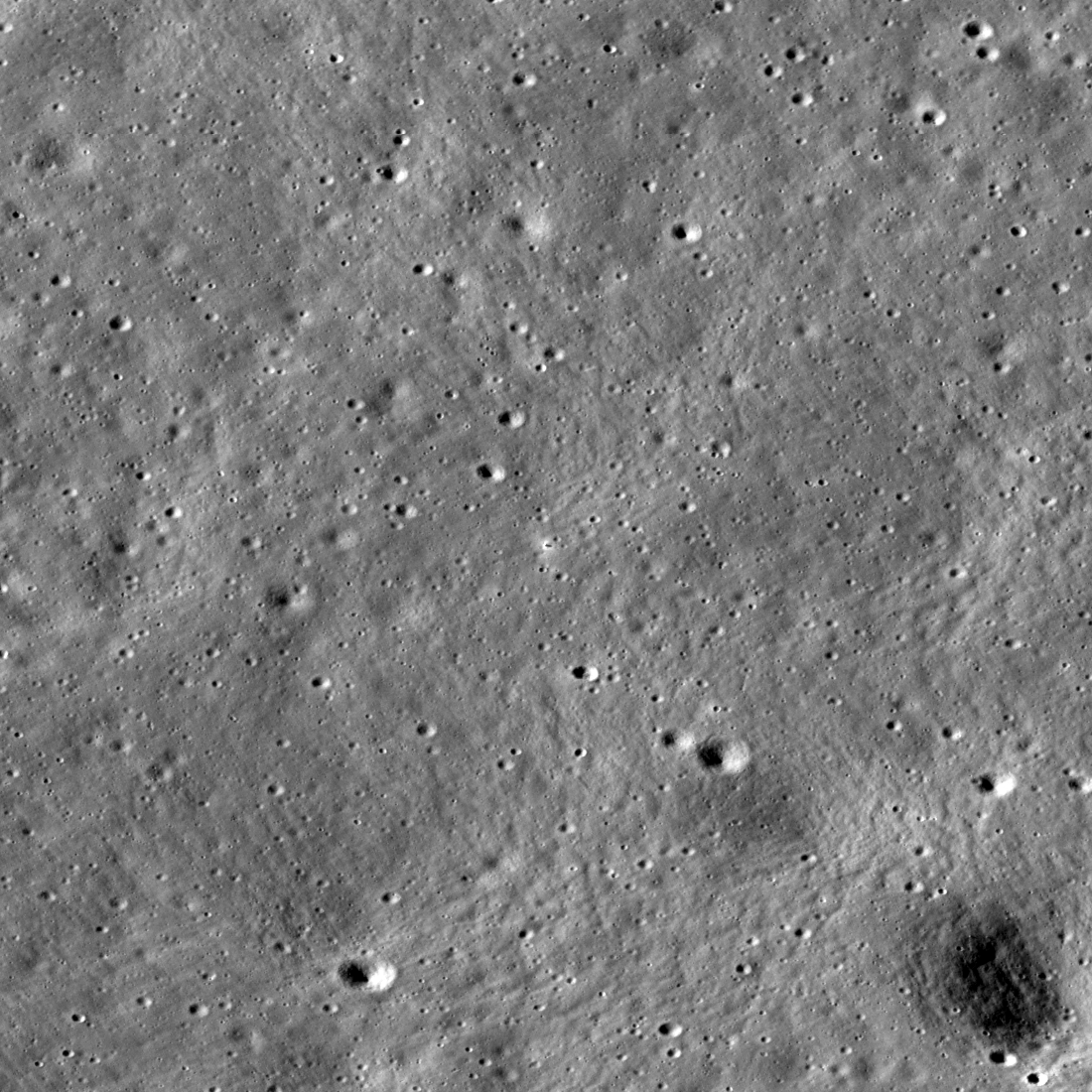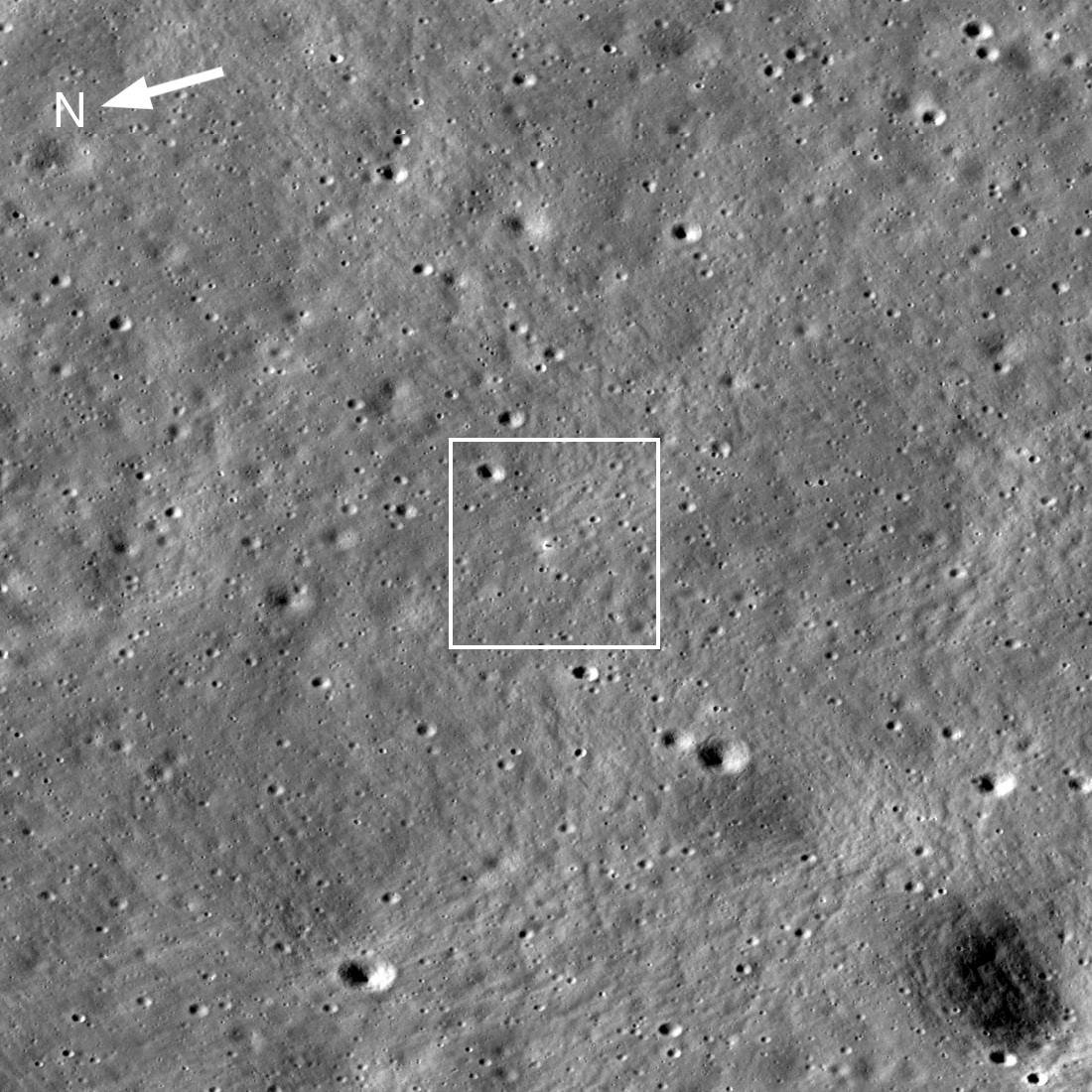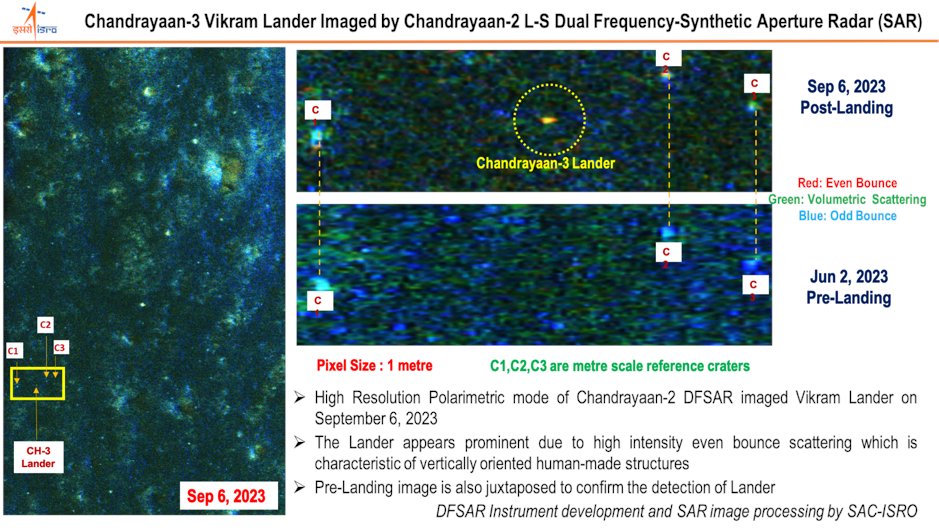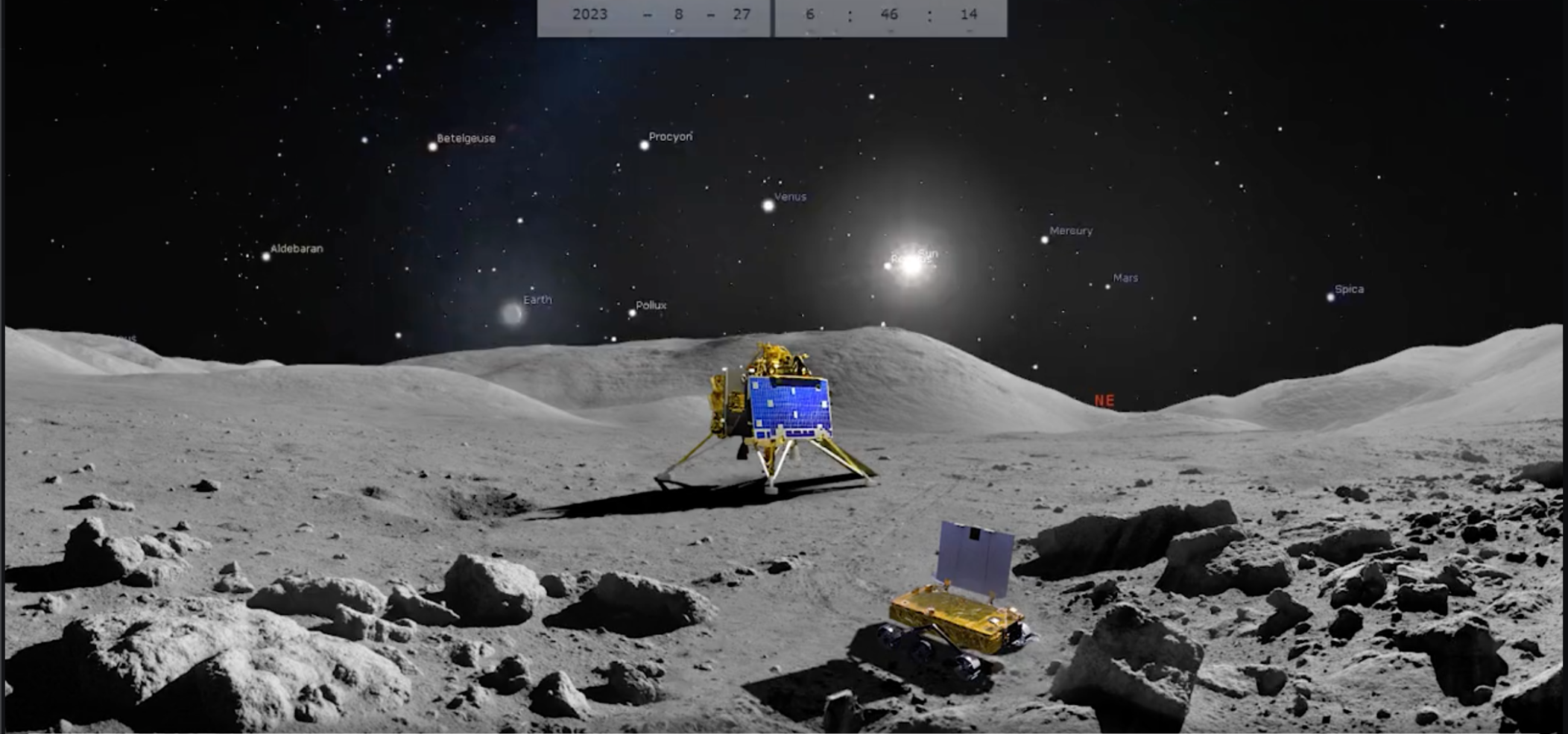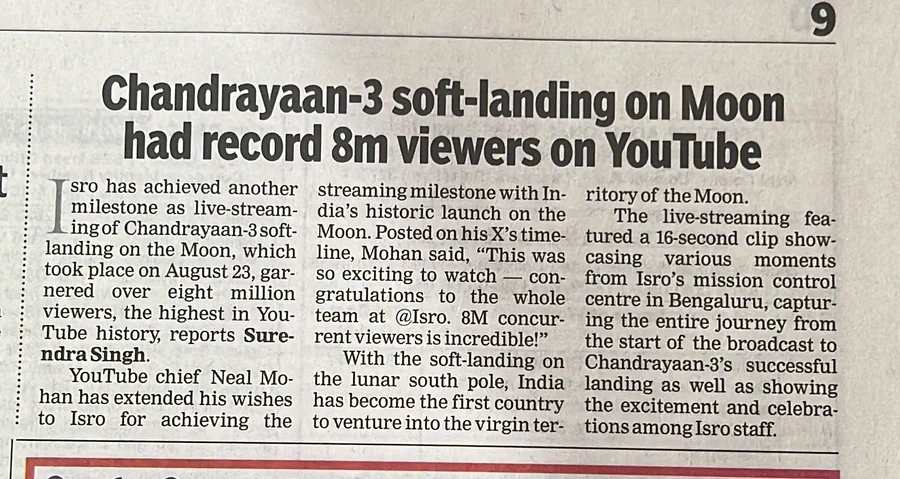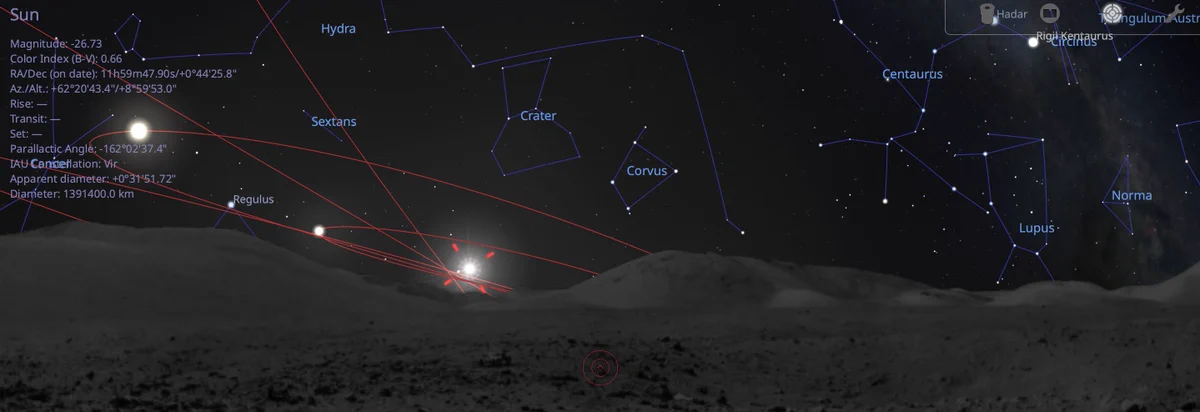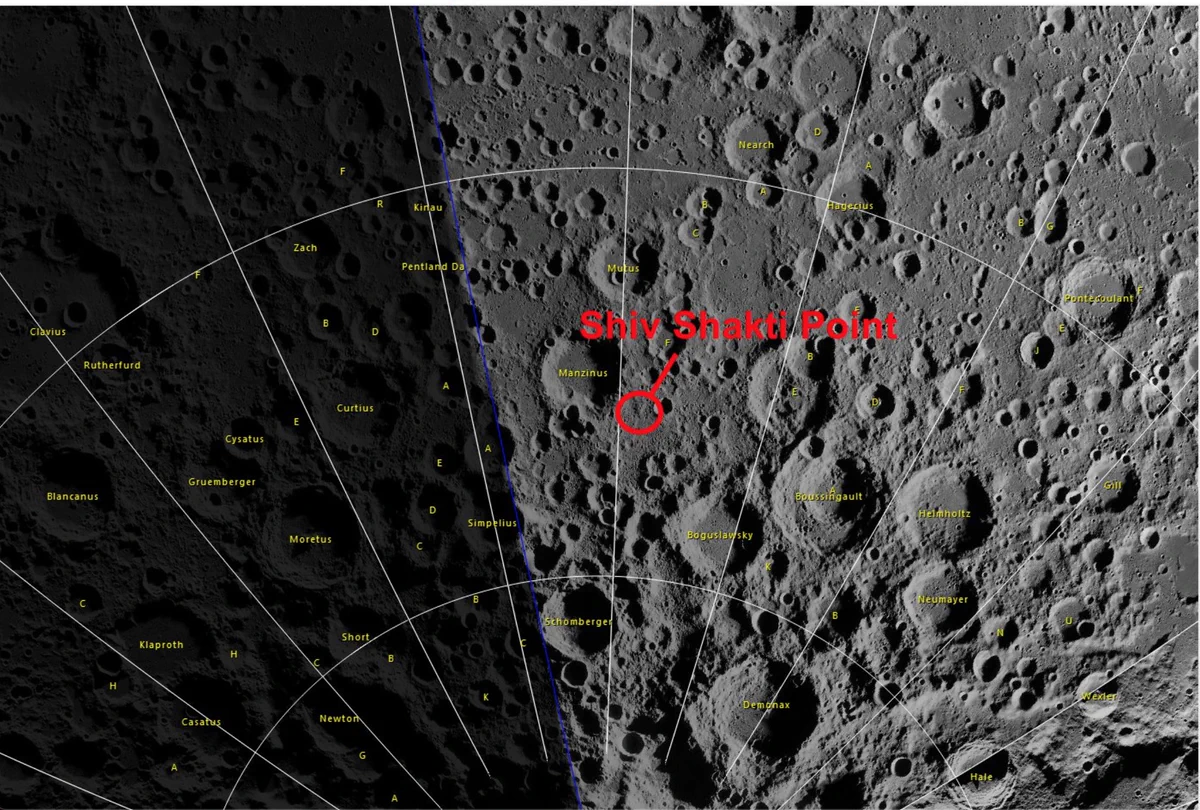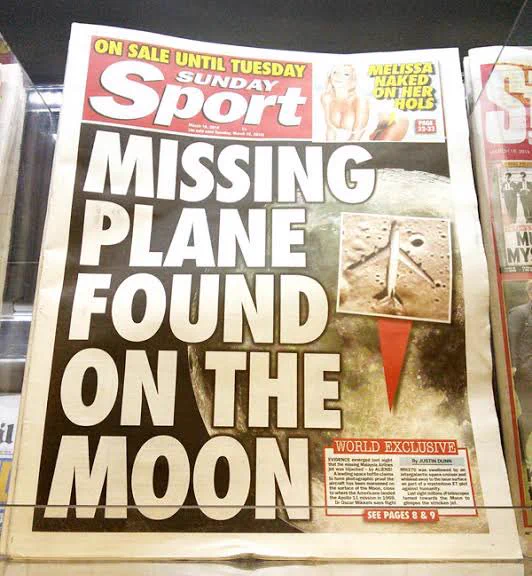^^^
Some thoughts / updates/ comments:
While Isro and many here keep their fingers crossed for signals from the silent Vikram lander and Pragyan rover on the Moon, scientists have been meticulous studying of the data collected thus far. This investigation promises to unveil insights into lunar mysteries and support next CY missions.
One of the most anticipated revelations pertains to the lunar soil, as Vikram and Pragyan's instruments were hard at work before they went dormant. This newfound knowledge about the composition and properties of lunar regolith could prove invaluable for future lunar missions.
The wait for sunrise on the Moon. The optimal conditions for the lander and rover's systems to reawaken require the Sun to reach an elevation angle of 6° to 9°. This threshold is necessary for power generation and to raise the temperature of key components. “It would have been easy if there was a way we could know if they would wake up, but we have to wait and see how systems behave after Sunrise,”-- chairman S Somanath said.
Sunrise on Moon was expected early Wednesday, (per calculations I have posted

) the Sun elevation angle will be at 0° early in the day and reach a maximum of around 13° angle by the end of the day. The temperature has to rise above a certain threshold. For the wake up, we need power generation and temperature on the elements on Vikram and Pragyan to meet certain criteria.. We should know soon .Per Sankaran, “If it wakes up, it’ll wake up during this time,” (The window for this awakening stretches from September 21 to 22) All watching for signs of life.
The potential reactivation of Vikram and Pragyan would be a significant bonus. Data transmitted during their active phases is expected to offer fresh insights, particularly as previous experiments were focused on the Moon's equatorial region.
An array of parameters is under scrutiny, including surface properties, seismicity, temperature variations, and regolith characteristics, such as its density and texture. These observations could reveal more about the Moon's topsoil and its deeper layers, shedding light on how it compacts and retains signatures.
Notably, Chandrayaan-3 instruments have already detected temperature fluctuations ranging from -10°C to 60°C, along with the presence of sulfur on the lunar surface
We are now eagerly exploring whether frozen ice exists on crater rims, a critical element for understanding the Moon's resources. The rover's movements and data near craters hold the key to this mystery.
Stay tuned for updates!
